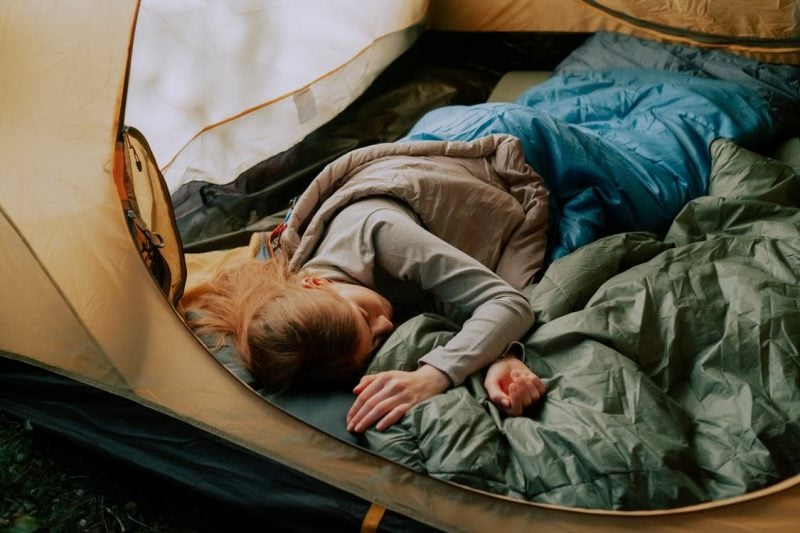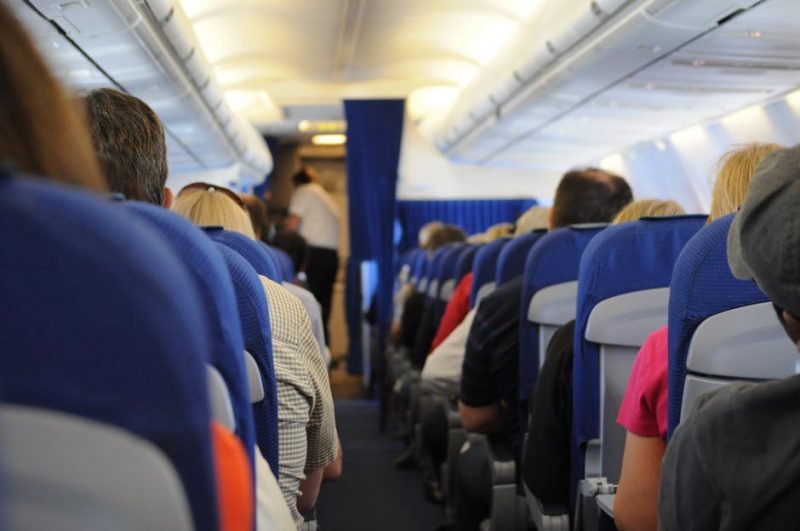Backcountry Camping for Beginners
Backcountry camping is really a thing. Just imagine: it’s early morning somewhere in the middle of the woods, you’re sitting in front of your tent, sipping your coffee and… the time stops. Spending a couple of days in the wild can totally reload you: you won’t come back home the same person you’ve been before.
Camping has been a passion of millions of fans for many years. But let the numbers speak for themselves: according to Statista, the Americans have spent a whopping 368.7 million dollars on camping equipment over the last decade, with the numbers keeping growing bigger year by year.
The COVID-19 pandemic has dramatically changed the world, placing an intense focus on safety and health. The World Health Organization (WHO) has recommended that people avoid crowded spaces and be in well-ventilated areas, camping being among the safer forms of recreation you can enjoy right now.
Backcountry camping is absolutely amazing, just give it a try. But get this: your camping success heavily depends upon how much of patience and responsibility you are going to invest in your trip. In this guide, we’re sharing our practical tips on how to get ready for your first backcountry trip.
Contents
When Is the Best Time for Backcountry Camping?
Before going any further, we want to make sure you understand what backcountry camping means. In short, it’s camping in remote, isolated areas, with the campers carrying all of their equipment into a campsite by hiking, snowshoeing, skiing, or paddling their way in.
Actually, each season is good for backcountry camping, but make sure you check the forecast to avoid inhospitable weather. Contrary to popular belief, winter camping is okay for beginners, but keep in mind that you should get a tent with stove and proper clothes, and learn the safety rules of winter camping. Many campers say that winter camping has even more advantages if compared to the warm season: no bugs, no snakes, and possibly no camping neighbors, which allows you to totally dive into the peaceful silence of snowy landscapes.
Start Small
For your very first backcountry camping, it’s a reasonable solution to be away for one or two nights. In case you forget to take any important stuff with you, it won’t be as much of a catastrophe as setting off on a week-long getaway without the essentials. Also, make sure to choose a spot that you‘ll be able to easily hike out of in case of an emergency.
Prepare Your Body
Of course there don’t exist any obligatory fitness tests for backcountry camping, however, we suppose you understand well that your backcountry adventure can be physically demanding. That’s why it is crucial that you start strengthening your muscles and improving your endurance before you set off on your journey.
- Go on long walks or runs.
- Do at least three separate cardio workouts per week, 30-45 min each
- Do bodyweight exercises such as squats and lunges.
- Practice carrying weight.
- Do stretching exercises.
- Finally, make sure you get the proper balance of carbohydrates, proteins, and fats. Plus, avoid alcohol, caffeine, and sugar, and remember to drink enough water.
A Backcountry Camping Checklist for Beginners
Tent & Sleeping
For your comfortable and safe backcountry adventure, a proper tent is the number one priority. It might be challenging for a beginner to choose a wildlife shelter: tents come in multiple designs and sizes, and they are categorized according to seasons of use as well. A bit confused? Let’s sort it out!
First, figure out when you are going to use your tent and choose the one that will best match the season.
- 1-season tents are the most basic of basic tents: they are thin, have very light waterproofing and are intended only for summer use, to be more specific, warm, dry and windless weather.
- 2-season tents are extremely basic as well. They are designed to be used from May to September in relatively fair weather conditions, and they won’t endure heavy rainfalls or high winds.
- 3-season tents can stand up to harsh rainstorms while remaining well-ventilated, so they are comfortable for use in summer, spring, and fall.
- 4-season, or all-season tents are typically double layered, heavily weatherproofed and sturdy enough to withstand harsh weather conditions. They are the best choice for fall-to-spring use. With proper ventilation features, 4-season tents are good enough for summer camping as well.
While figuring out which size of the tent you need, think how many of you are going to sleep in it. Keep in mind that the person-rating of tents typically suggests the number of campers in sleeping bags. So, if you’re going to use a camping table and chairs inside, or a tent stove, or let’s say there’ll be a lot of stuff to keep inside, you should go for a tent with a greater capability than the actual number of persons who will sleep in it.
Let’s move on to your number two camping essential: the sleeping bag. Our best tip is to pick a sleeping bag with at least 10 degrees Fahrenheit lower temperature rating than the lowest nighttime temperature you expect where you plan to camp. And when it feels too warm, you can always unzip your bag.
Next, take care of a roll mat or an inflatable sleeping mat to put below your sleeping bag. You’ll need one of them to create a barrier between your body and the ground, leaving you much warmer and more comfortable. In addition, you can get a sleeping bag liner: it will keep the sleeping bag clean and add extra warmth.
Food & Water
Remember that your camping meals have to be nutritious, full of proteins and carbohydrates. It’s best to go for cereals, biscuits, cheese, meat, nuts, dried fruit and chocolate. Remember to bring emergency rations in case your backcountry trip turns into more than you’ve been expecting.
Also, remember that it is extremely important to stay hydrated during your backcountry adventure. For an overnight trip, it’s possible to carry all the water you need by yourself. However, if you’re going to be away for longer, get a water filter and extra fuel to purify water from a creek by boiling. In winter, you can get water by melting snow, but remember to purify it as well.
Safety
Number one backcountry safety rule is to tell at least one person where you are going. Also, don’t forget about the first aid kit.
Other Essentials
Apart from your shelter, clothing, food and water supply, and first aid kit, make sure to pack the following items:
- duct tape
- cooking utensils
- multi-tool
- trowel
- knife
- basic toiletries
- lighter and waterproof matches
- headlamp
The Bottom Line
To wrap it up, backcountry camping is a truly rewarding experience, both enjoyable and a bit challenging. It’s the best way to escape from the hectic city and enjoy blissful silence of spectacular landscapes. Everything you need for a smooth and comfortable backcountry adventure is proper preparation. And good news is that today we’ve got a plethora of options to choose from: tents, sleeping bags and other gear for wonderful camping.





